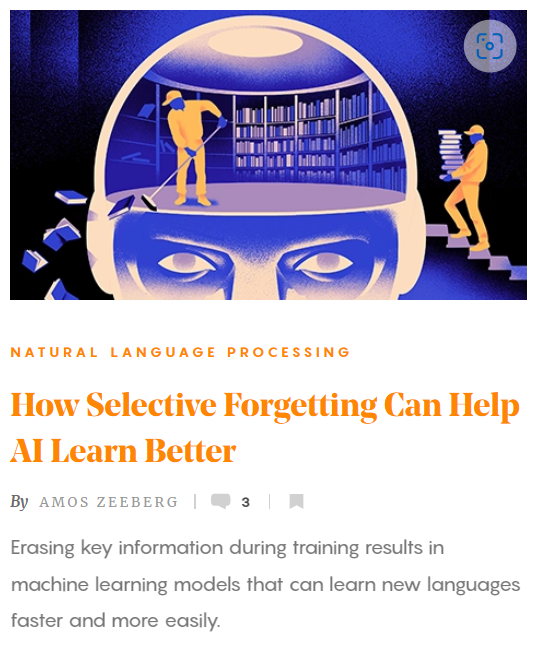"Inspired by Kintsugi, scientists at Princeton Plasma Physics Laboratory (PPPL) have developed a method to manage plasma in fusion reactors by utilizing magnetic field imperfections, enhancing stability and paving the way for more reliable and efficient fusion power. Credit: SciTechDaily.com" (ScitechDaily.com,Ancient Japanese Art Inspires Next-Gen Fusion Reactor Breakthrough)
During fusion tests, high-energy plasma travels in the particle accelerator. The problem with fusion is that this plasma is monotonic. There is only one type of ion. The system must press those ionized atoms against each other where their cores melt to new elements.
During that process deuterium and tritium turn into helium. In some models, tritium is replaced by helium 3. The big problem is this: when a fusion reaction ignites. That energy impulse pushes plasma away. That impulse breaks entirety. So there should be some pockets, where the energy impulse can go. Or it breaks the ion ring.
The distance of those nuclei is turning too high. And that ends fusion. In some models, the deuterium and tritium turned into the ion and anion that particle accelerators shoot together. In that model, the fusion reactor is a "Y"-shaped system where the ions and anions impact together.
What if fusion starts at the outer edge of the plasma ring? This thing requires a new shape of fusion. The new fusion system can create an apple-shaped hollow fusion where the system injects high-speed plasma ions. Another way is to shoot laser rays through the plasma that orbits in the Tokamak reactor.
Another way is to make the fusion system that begins the fusion at the outer edge of the plasma material. In that ring-looking ignition model, there is a laser or ion beam. That conducts energy out from the inside of the plasma. The plasma structure itself is hollow. And the problem is how to deny the energy reflection from the inner structure. The thing that destroys the ion structure is the energy impulse that will travel out of the system.
In some other models, there is a thermal pump or some kind of electromagnetic or acoustic beam that can make a lower energy area in fusion material. The idea is that there is a hole where the system can drive high-energy plasma.
Then the system will ignite fusion conducting high-energy ionized plasma in that lower energy point. The idea is that the high-energy plasma can act like a diesel-engine piston. It pushes the plasma to the chamber wall and the magnetic field pushes it back. That system can ignite fusion at the edge of the plasma structure.
This thing makes energy space travel in the plasma. If plasma sticks inside the surrounding plasma high energy makes energy move into the plasma very smooth. Then the laser ray transports energy out from the middle of the fusion.
https://scitechdaily.com/ancient-japanese-art-inspires-next-gen-fusion-reactor-breakthrough/








































